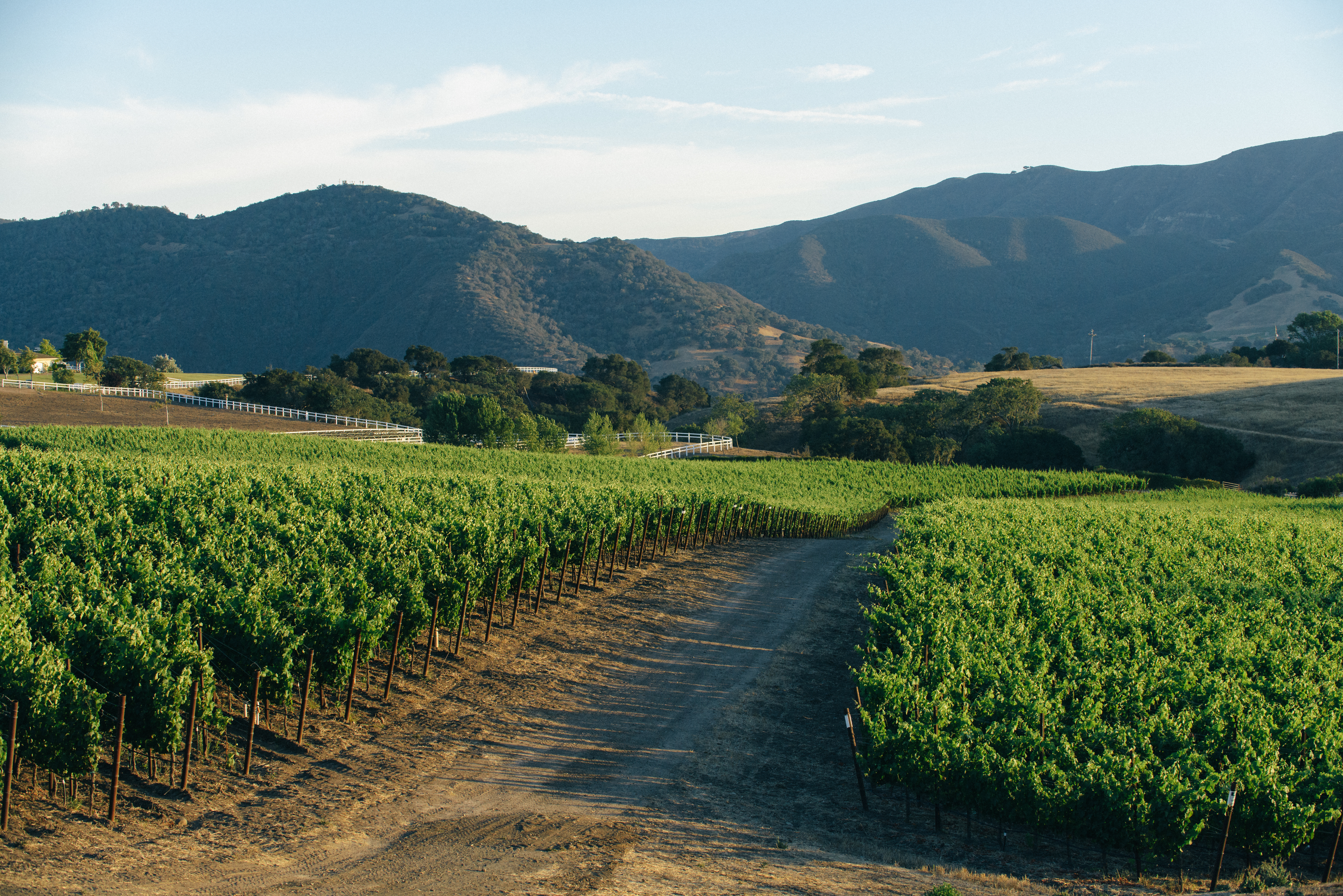Santa Barbara Vintners Remodel Proposed Funding Formula
Cash-Strapped Organization Now Pushing for One Percent Assessment on All In-State Sales

Cash-Strapped Organization Now Pushing for One Percent Assessment on All In-State Sales

Less than one month after presenting its latest funding idea to the county supervisors, the Santa Barbara County Vintners Association announced a retooled assessment model this week, proposing to add a one percent fee to all in-state sales for Santa Barbara County wineries.
Since that amount is tied to the California sales tax, it is a much easier metric to track than the previously proposed assessment of 1.5 percent of all tasting-room sales. In addition to tasting-room sales, the new one percent fee would include all wine-club sales to California residents.
The fee — which would be levied as part of a new Business Improvement District, or BID — is estimated to generate more than $1 million annually for the association, which is charged with marketing the region’s wines, attracting visitors, and boosting sales. That would nearly triple the association’s current budget of about $400,000, which pales in comparison to the marketing war chests of competing regions like Napa, Paso Robles, and Temecula Valley.
Get the top stories in your inbox by signing up for our daily newsletter, Indy Today.
“The big picture, from 30,000 feet, is that this is a highly complex situation,” said Stephen Janes, who is the general manager of Pence Vineyards and sits on the board of the S.B. Vintners, which has struggled since its inception to raise enough money through membership fees alone. “We’re trying to be very accommodating in everything,” he said. “It’s been two years, and we’ve had something like 25 meetings.”
Janes said the change was in response to the county supervisors’ concerns over how to audit tasting-room sales, whereas in-state sales are already monitored by third-party entities. The new proposal also focuses strictly on raising money for marketing and not using such funds for advocacy, which was also troubling some supervisors. He said that the supervisors are “thrilled” with the changes.
There remains loud opposition to the idea from both industry veterans and newer players on the scene. Most of that is philosophical in nature — “no taxation without representation” is becoming a common, if askew, rallying cry — and few are providing viable alternative funding mechanisms.
Nor are many opponents suggesting that their customers, who typically pay around $35 or more for one bottle of wine, would fret much at adding less than 50 cents to that bill. Even a $100 bottle of wine, which is rare here, would only go up by $1. It’s doubtful that there’d be too many tears shed by such customers into future glasses of pinot noir, especially since so many are familiar with paying similar add-on fees at hotels and restaurants in many regions around the world.
When pressed for what the future will bring if there is no such marketing money, some opponents wonder aloud whether the Santa Barbara County Vintners Association is even a useful organization in today’s world. Its demise, some say, would be just fine.
The idea of creating a grape commission has been voiced, which would assess vineyard income rather than bottle sales. (Compared to winemakers, people who just own vineyards and sell grapes, but do not make their own wine, are not directly targeted by the BID.) There are worries about this idea, including some confusion over whether it would require involving San Luis Obispo County as well. Questions seeking to clarify this were not returned as of press time.
The association hopes to send out the official petitions to wineries in October. If supported, then the county and each affected city must also approve the BID’s creation or opt out. There’s already an effort underway to agendize these votes at each jurisdiction this fall, so Janes hopes the BID will be functional by January 1, 2021. To ensure that the money is spent fairly based on a broad range of input, Janes said that the association plans to cycle out its current leadership in the months and years to come, aiming for a brand-new set of board members by 2022.
While a thorough understanding of those for or against the idea remains elusive — some ignored the straw polls taken so far, while opponents have also conducted their own surveys — the association believes that at least 60 percent of winemakers are supportive. For a BID to pass, it needs to be approved by wineries that represent more than 50 percent of overall county sales. That means votes are weighted toward the larger producers for the creation phase — they will be the ones paying more fees, after all — but once approved, BIDs are renewed on a predetermined schedule through straight one-to-one votes.
“We wouldn’t be proceeding if we didn’t think we would have the numbers,” said Janes. He recognizes that the creation of a BID is almost always controversial, whether to clean up blighted neighborhoods, which was the mechanism’s original intent, or to raise marketing money for tourism boards, which is the most common usage today.
But once created, Janes said BIDs are widely supported. “They are obviously popular once they get enacted,” he said. “The trick is to get them enacted.” While other wine regions are currently considering BIDs, Santa Barbara County would be the first to use the fundraising tool.
Every day, the staff of the Santa Barbara Independent works hard to sort out truth from rumor and keep you informed of what’s happening across the entire Santa Barbara community. Now there’s a way to directly enable these efforts. Support the Independent by making a direct contribution or with a subscription to Indy+.
Please note this login is to submit events or press releases. Use this page here to login for your Independent subscription
Not a member? Sign up here.